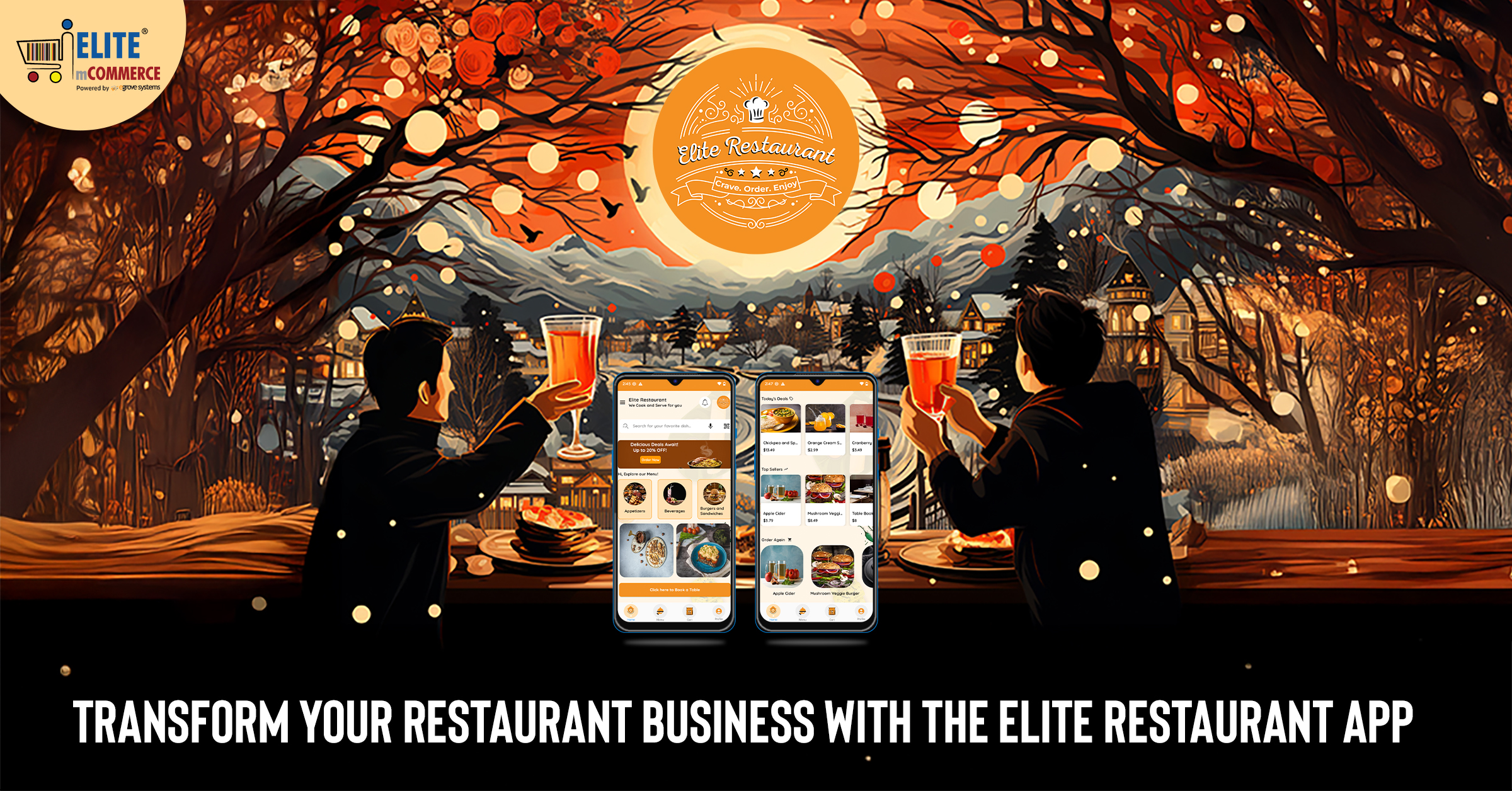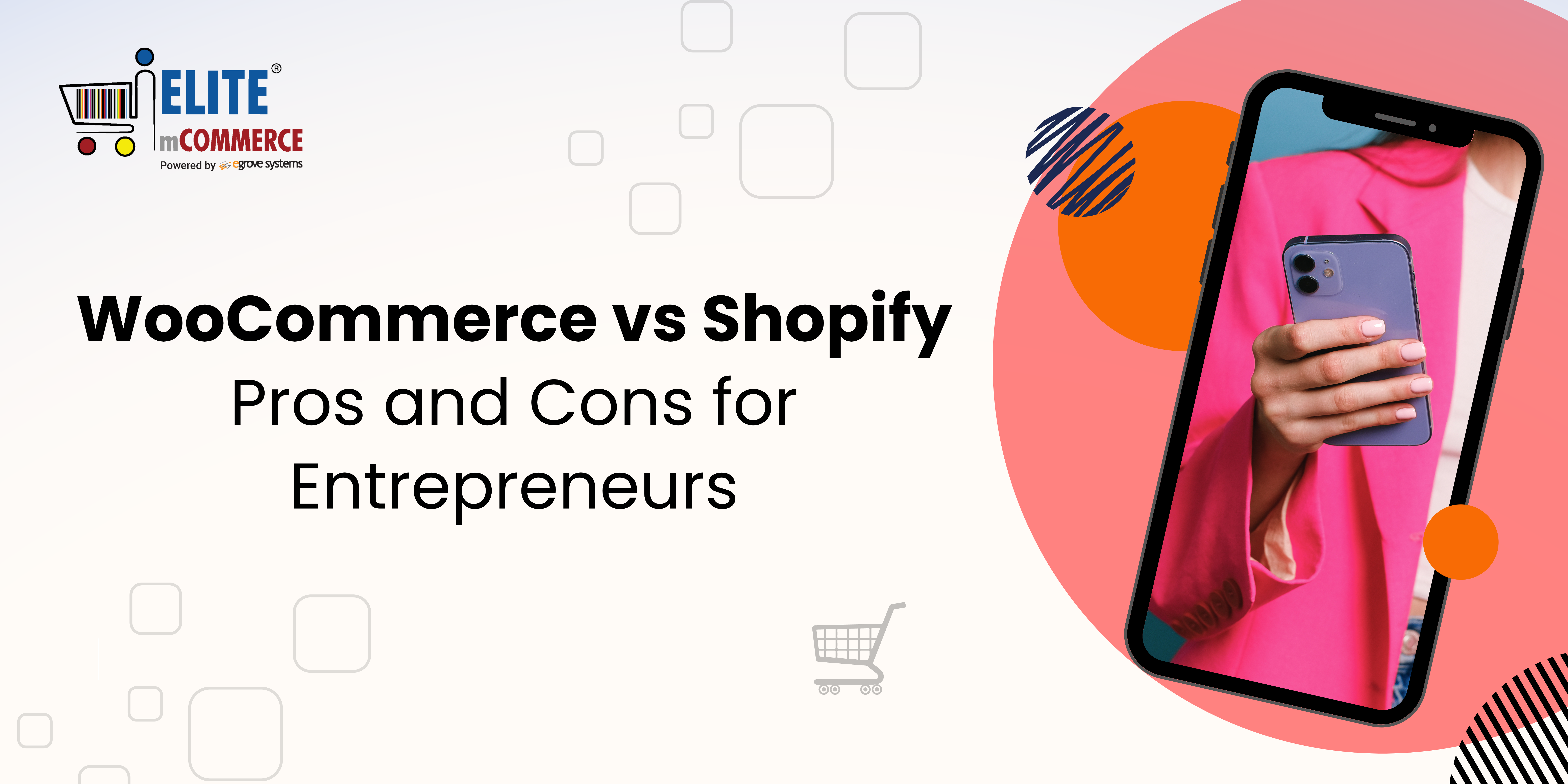Restaurants are becoming increasingly dependent on third-party delivery in order to reach their customers, but various issues plague delivery. Restaurant operators aren’t happy with the results. Now restaurants are calling for several principles to make delivery better for their employees and their customers.
Third-party apps such as DoorDash and Uber Eats dominate the food delivery industry, with 41% of Americans have used one to order in the last 6 months, and delivery orders have skyrocketed to a huge share of overall restaurant orders due to restrictions on in-house dining. However, they bring a number of problems for restaurants that use their services, even as they raise their revenue.
Third-party delivery charges commissions as high as 30% plus other fees that cut into restaurant profits on margins that are already as narrow as 10%. Beyond this, restaurants are frustrated by a lack of control over their sales. They feel responsible for making sure food reaches the customer in good condition. They also want to build relationships with their customers, which is hard when customers order exclusively through an indirect platform.
Many restaurants still want the convenience and wider audience offered by third-party apps, but they have made efforts to reduce the downsides. The National Restaurant Association announced in March that they support seven principles that represent their public policy positions. They call for third-party platforms to provide vital information to restaurants in the interest of permission and transparency. Below are the principles and why they are important for restaurants that continue to use aggregation platforms.
- “Restaurants have a right to know and determine when and if their food is delivered.”
Restaurants should always know when food is delivered so they can ensure nothing has gone wrong. Most apps instantly update both the customer and the restaurant when the delivery is completed, but support is not always consistent and mistakes hurt the restaurant’s reputation. This principle urges a contractual agreement between the restaurant and the app. If unauthorized listings do happen, they should not appear to represent the restaurant and should be possible to opt-out of easily.
- “Customers should expect the same degree of food safety from delivery as they do when dining in a restaurant.”
Food delivery apps should ensure that their drivers don’t touch food or open sealed containers, assuring customers that they are receiving the food as it was prepared in the restaurant. This principle calls for treating delivery meals as high-quality as in-person dining. Much of the burden for maintaining food safety falls on the restaurant: effective tamper-proof packaging and tracking
orders being picked up ensures that restaurants and customers can determine where a breach happened and hold the delivery service accountable.
Read also: QR Code Digital Restaurant Ordering is a Trend in 2021
- “Restaurants should be able to offer alcohol to customers through third-party delivery in a safe and legal manner.”
Alcohol delivery service is a developing trend with potential for major profits for restaurants and bars, but the regulations on alcohol sales are complicated and vary based on location. The delivery person must check the ID of the customer in most cases, and they may also need to be of legal drinking age themselves. They may need special licensing to carry alcoholic beverages. In some states, third parties are not allowed to deliver alcohol; only direct delivery is allowed. This principle supports a relaxing of these laws as well as more transparency and responsibility.
- “Restaurants deserve transparency on fees (including commissions, delivery fees, and promotional fees) charged by third-party delivery companies.”
Third-party apps have been accused of many different issues related to fees, and the breakdown of varying fees can be confusing. Some sellers who expected fees to be primarily for delivery found that marketing fees were much higher than expected and applied to pick-up orders as well. Full fee transparency helps restaurants make an educated decision about which service to choose and whether they will profit from the partnership.
- “Third-party food delivery contracts need contractual transparency, and issues surrounding fees, costs, terms, policies, marketing practices involving the restaurant or its likeness, and insurance/indemnity should be clear.”
Restaurants frequently feel they are not getting what they expected out of partnership agreements. This principle calls for clear language in contracts that are offered so restaurants understand what they will pay in fees, how restaurants will be displayed on the app, and how the app’s policies affect partnered restaurants.
- Sales tax collection responsibility must be clear in terms of which party is collecting and remitting the specific sales tax to the appropriate authority.
This helps restaurants avoid confusion with their own accounting, regardless of whether the app collects sales tax or passes it on to the restaurant. Apps with a wide operating area may not be accurate when calculating local sales taxes, frustrating restaurant operators. Ideally, reports of app sales can be integrated into the restaurant’s POS system so less work is required to track revenue from third-party sales.
- “As a best practice, third-party delivery companies should offer restaurants access to anonymized information regarding orders from their restaurant that originate on third-party platforms.”
Third-party apps frequently don’t share information about customers beyond what is needed to complete the order, leaving them with incomplete information about their customers and their
spending habits. They could benefit from information about orders such as delivery times, conditions of delivery, use of coupons or special offers, and whether they came from new or repeat customers. The National Restaurant Association views this as an important need for restaurants that aren’t able to track their customers directly. Restaurants should also have full access to customer feedback and reviews on the app so they can respond promptly and promote their reputation among users of the platform.
These principles make it more practical for restaurants to work with third-party apps in the future. An online survey from the Association found that 90% of delivery customers would support all seven principles.
Restaurants would be more willing to deal with aggregator apps if they were given more information and acted with full transparency and permission. However, the aggressive nature of these apps and the high fees make them challenging to use. Launching an individual restaurant delivery app can provide convenient self-delivery without these pitfalls. Instead, restaurants can fully control their brand and get full access to customer data for marketing and loyalty purposes, letting them build a loyal customer base for themselves.









Add comment